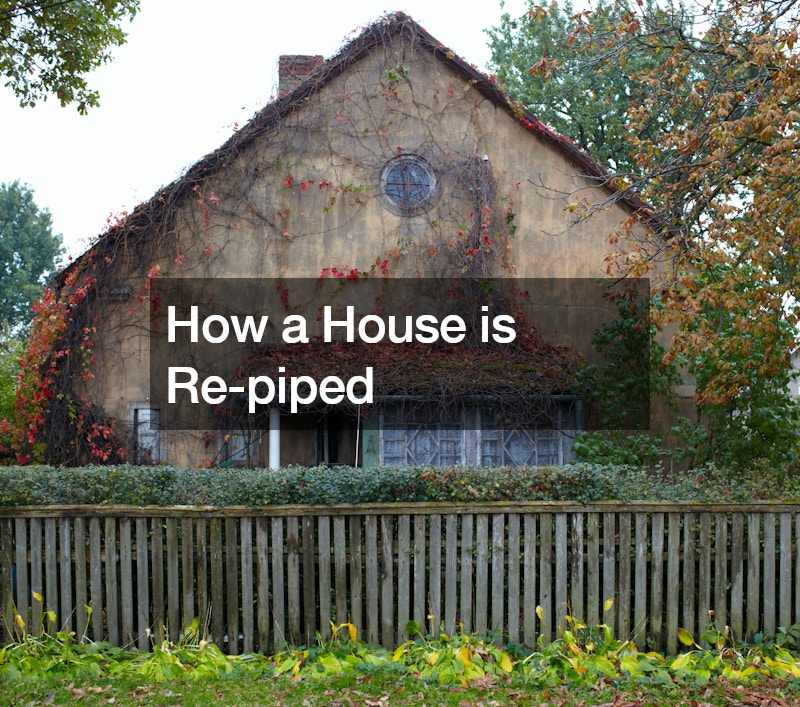Repiping a house is a significant undertaking that involves replacing old or damaged plumbing pipes with new ones to ensure water supply reliability and prevent leaks. Understanding the process can help homeowners navigate this renovation project effectively. The YouTube video provides additional information.
The first step in house re-piping is an assessment of the existing plumbing system to identify any issues such as leaks, corrosion, or poor water pressure. Based on the assessment, a plan is developed. It determines the scope of the re-piping project.
Once the plan is in place, the old pipes are removed carefully to avoid damaging the surrounding structure. It may involve cutting away drywall or flooring to access the pipes. Pipes made of different materials, such as galvanized steel or polybutylene, require different removal techniques.
With the old pipes removed, the new pipes are installed according to the planned layout. Modern materials such as copper, PEX, or CPVC are commonly used for re-piping due to their durability and resistance to corrosion. The pipes are connected to fixtures, valves, and appliances, ensuring proper alignment and secure fittings.
Repiping a house involves a systematic process of assessment, planning, removal of old pipes, installation of new pipes, and testing. Homeowners can effectively manage the re-piping process. It ensures a reliable and efficient plumbing system in their home.
.

